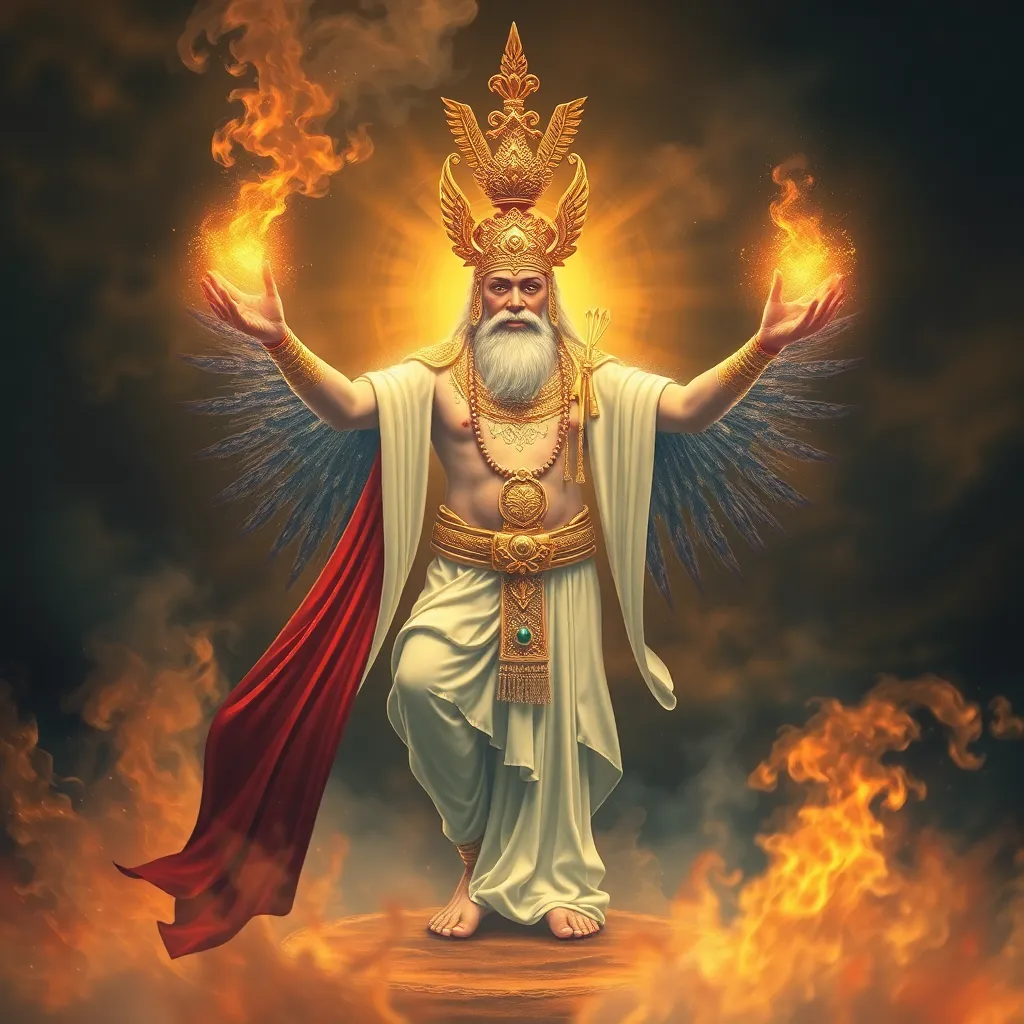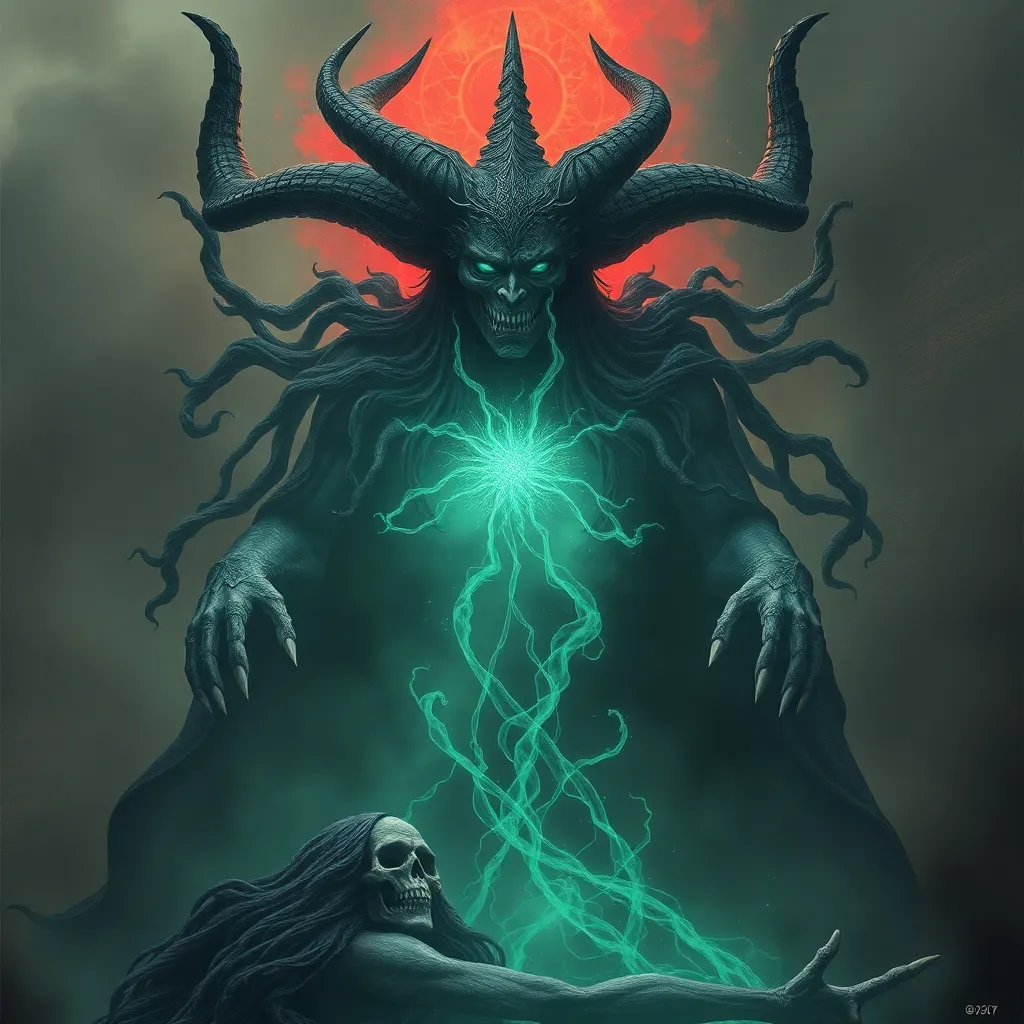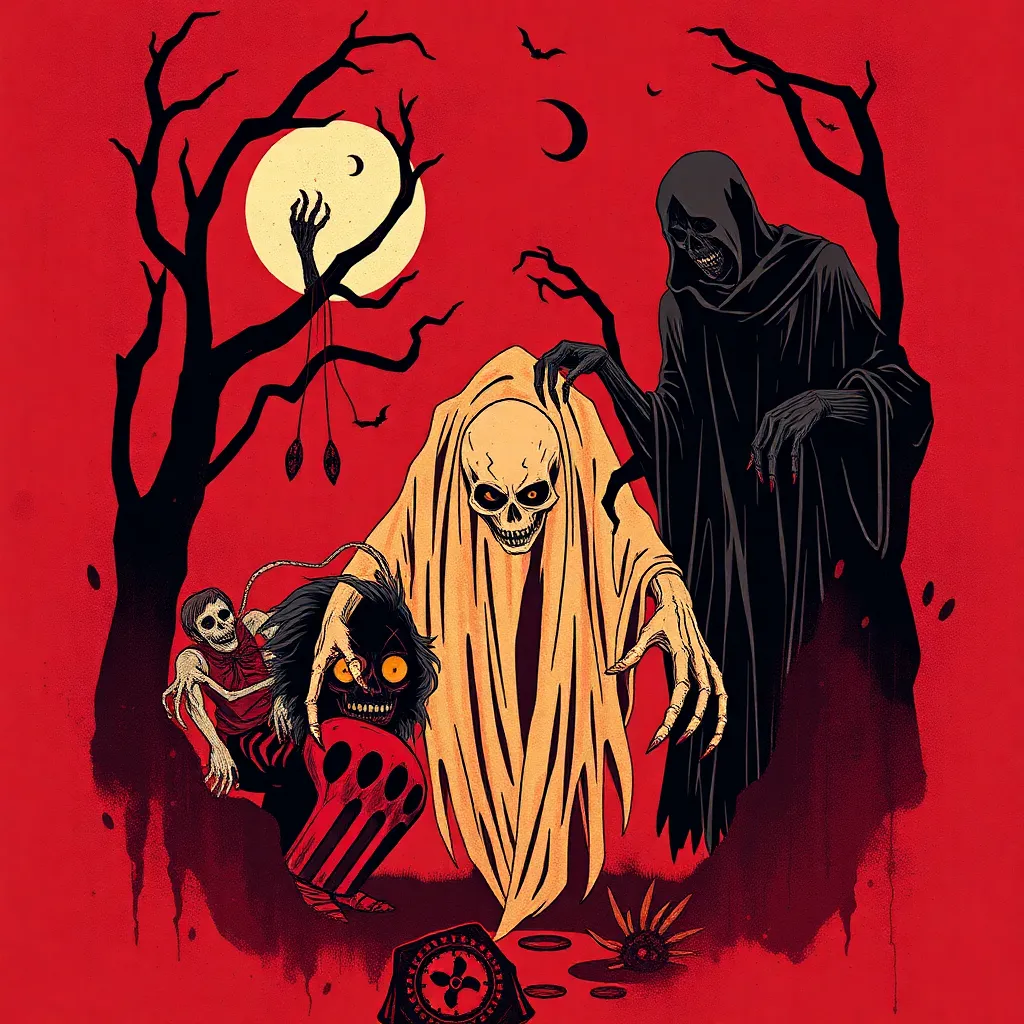The Divine Physician: Itzamná’s Healing Powers in Mayan Folklore
I. Introduction
In the rich tapestry of Mayan mythology, Itzamná stands out as a powerful figure associated with creation, wisdom, and healing. Revered as the god of the sky and the creator of humanity, Itzamná embodies the essence of the divine physician. Healing is not merely a physical endeavor in Mayan culture; it intertwines spiritual, emotional, and communal aspects that reflect the holistic nature of health in their worldview. This article aims to explore Itzamná’s role as a healer, highlighting his significance in Mayan folklore and the cultural practices that surround healing in ancient Maya society.
II. The Mythological Background of Itzamná
Itzamná is often depicted as an elderly man, wise and benevolent, with a face that reflects the cosmos. He is associated with various attributes that emphasize his importance in Mayan cosmology:
- God of the Sky: Itzamná governs the heavens and is often linked to celestial phenomena.
- Creator Deity: He is credited with the creation of the world and humanity, playing a pivotal role in the myths of genesis.
- Patron of Knowledge: As a bringer of wisdom, Itzamná is associated with writing, art, and the sciences.
Itzamná’s relationships with other deities are complex; he is often seen as a father figure to other gods such as Kukulkan (the feathered serpent) and is frequently invoked in rituals aimed at seeking guidance and healing. In ancient Mayan society, the reverence for Itzamná extended beyond spirituality, as he was integral to the cultural identity and practices of the Maya.
III. The Role of Healing in Mayan Society
Healing in Mayan culture is a multifaceted practice that encompasses physical, spiritual, and communal well-being. Traditional healing practices often involved:
- Herbal Remedies: Use of local plants and herbs for treating ailments, guided by the knowledge passed down through generations.
- Spiritual Rituals: Ceremonies performed to appease the gods or to seek divine intervention in healing.
- Community Involvement: Healing was often a communal activity, with family and community members participating in support and care.
Physical and spiritual health were deeply intertwined in Mayan life. Illness was often viewed as a disruption of harmony, necessitating a holistic approach to restore balance. Common ailments included:
- Fever and infections
- Digestive disorders
- Spiritual distress or curses
Each of these conditions had specific treatments that combined herbal medicine with spiritual rituals, showcasing the Mayan understanding of health as a harmonious balance.
IV. Itzamná as the Divine Physician
Legends surrounding Itzamná highlight his profound healing powers. Stories depict him as a generous deity, intervening in the lives of mortals to alleviate suffering. Some notable legends include:
- Itzamná healing the sick: Many tales recount how he appeared in dreams to guide shamans in their healing practices.
- The creation of healing plants: According to some myths, Itzamná created specific plants for medicinal purposes to aid humanity.
Symbols and rituals associated with Itzamná’s healing practices often involved the use of sacred objects, such as:
- Incense made from sacred herbs
- Offerings of food and flowers to honor Itzamná
- Ritual dances that represented healing energy
Itzamná’s relationship with natural remedies is evident in the way he is invoked during healing ceremonies. He is believed to bless the herbs and plants used by healers, enhancing their effectiveness.
V. The Influence of Itzamná’s Healing on Mayan Medicine
Itzamná’s healing practices permeated everyday life in ancient Maya communities. His influence on shamans and healers was profound, as many sought to emulate his methods and sought his guidance through rituals. The legacy of Itzamná’s healing knowledge is reflected in:
- The incorporation of traditional herbal medicine in contemporary practices.
- The continued reverence for shamans, who are seen as mediators between the spiritual and physical worlds.
- The maintenance of cultural rituals that honor Itzamná and promote healing within communities.
The understanding of health as a balance of physical and spiritual well-being continues to shape contemporary Mayan healing practices, demonstrating the enduring impact of Itzamná’s teachings.
VI. Comparative Analysis: Itzamná and Other Healing Deities
When comparing Itzamná to other cultural healing figures, several similarities and differences emerge:
- Similarities: Like many other healing deities, Itzamná is associated with the earth, nature, and the cosmos, often seen as a provider of natural remedies.
- Differences: Unlike some healing figures that are vengeful or punitive, Itzamná is generally portrayed as benevolent and nurturing.
The role of divine intervention in healing is a common thread across cultures, with many societies believing in the necessity of appeasing deities to secure health. Cross-cultural healing practices often reflect a blend of spiritual and physical approaches, showcasing a universal theme of seeking balance and harmony.
VII. Modern Interpretations and Cultural Relevance
In contemporary Maya spirituality, Itzamná’s legacy continues to thrive. Many modern Maya still invoke his name during healing rituals, recognizing his significance in their cultural identity. The resurgence of interest in traditional medicine and folklore has led to:
- A revival of ancient healing practices and the use of herbal remedies.
- Increased awareness of the importance of cultural heritage in health and wellness.
- Efforts to document and preserve traditional knowledge for future generations.
Itzamná’s story serves as a reminder of the deep connections between mythology, healing, and identity, illustrating how ancient beliefs can inform contemporary health practices.
VIII. Conclusion
Itzamná’s significance as a divine healer in Mayan folklore underscores the intricate relationship between mythology and medicine in indigenous cultures. His enduring legacy reflects the holistic approach to health that characterized ancient Mayan society. As we explore the complexities of Itzamná’s healing powers, we gain insight into the broader implications of healing traditions within indigenous cultures, emphasizing the need for respect and understanding of these ancient practices in the modern world.



